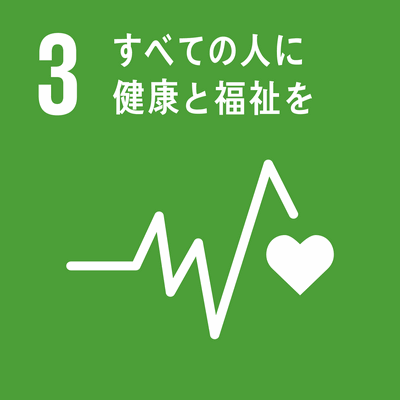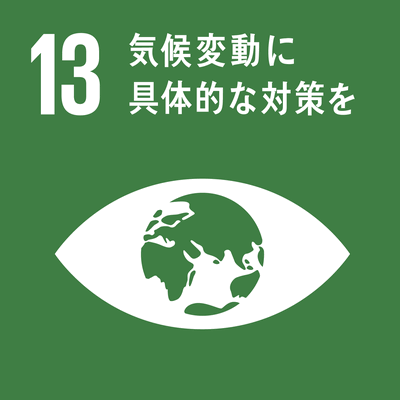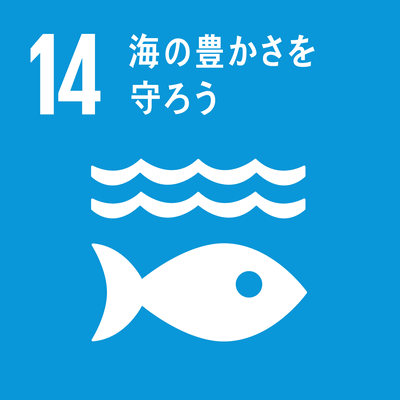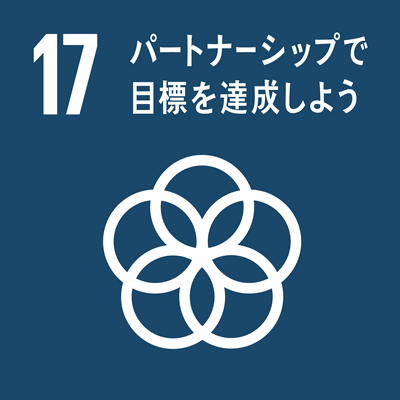シラバス表示
シラバスの詳細な内容を表示します。
→ 閉じる(シラバスの一覧にもどる)
科目の基本情報
| 開講年度 | 2023 年度 | |
|---|---|---|
| 開講区分 | 生物資源学研究科(博士前期課程)生物圏生命科学専攻 | |
| 受講対象学生 |
大学院(修士課程・博士前期課程・専門職学位課程) : 1年次, 2年次 |
|
| 選択・必修 | 選択必修 |
|
| 授業科目名 | 生物圏生命科学特別講義Ⅱ(英語) | |
| せいぶつけんせいめいかがくとくべつこうぎⅡ (えいご) | ||
| Special Lecture on Life sciences II (English) | ||
| 単位数 | 2 単位 | |
| ナンバリングコード | BIOR-Life-5071-002
|
|
| 開放科目 | 非開放科目 | |
| 開講学期 |
前期集中 |
|
| 開講時間 |
|
|
| 授業形態 |
ハイブリッド授業 * 状況により変更される可能性があるので定期的に確認して下さい
「オンライン授業」・・・オンライン会議ツール等を利用して実施する同時双方向型の授業 |
|
| 開講場所 | 開講教室は掲示等にて確認すること. | |
| 担当教員 | ジャガット クララットナ (生物資源学研究科特任准教授) | |
| Jagath Kularatne | ||
| SDGsの目標 |
|
|
| 連絡事項 | * 状況により変更される可能性があるので定期的に確認して下さい |
|
学修の目的と方法
| 授業の概要 | Over the last few decades, human activities have severely affected the marine ecosystem, which required global attention as the marine ecosystem plays a vital role in climate change, human well-being, and the global economy. This course is structured to give students a better understanding of marine pollution. It provides students an introduction to the marine ecosystem, marine pollution types, issues, pollution, measuring methods, and conservation policies from the scientific, economic, and social perspectives. Assignments include quizzes, presentations, and discussions emphasizing critical thinking, problem-solving, and analytical skills. |
|---|---|
| 学修の目的 | 1) To understand the fundamental knowledge of marine ecosystems. 2) To become familiar with marine pollution, measuring techniques, and conservation methods and policies. 3) To engage in active student-directed learning. 4) To refine written and oral communication skills. |
| 学修の到達目標 | At the end of this course, students will be able to: 1) Improve theoretical and practical understanding of the marine ecosystem, pollution types, issues, measuring methods, and conservation policies (knowledge). 2) Follow lectures conducted in English (skills). 3) Enhance the skills of reading, presentation, critical thinking, problem-solving, and academic writing (skills). |
| ディプロマ・ポリシー |
|
| 成績評価方法と基準 | Presentation [50%], report and in-class activities [50%]. Students must attend all sessions to obtain the credits. |
| 授業の方法 | 講義 |
| 授業の特徴 |
反転授業 プレゼンテーション/ディベートを取り入れた授業 グループ学習の要素を加えた授業 教員と学生、学生相互のやり取りが、ほぼ英語で進められる授業 |
| 授業改善の工夫 | There are video tours of the marine ecosystem, ocean acidification, and marine pollution. Students are expected to involve in active discussions during the lectures and presentation sessions. Students are encouraged to speak freely in English in the classroom. |
| 教科書 | Reading materials will be provided. |
| 参考書 | References will be provided when necessary. |
| オフィスアワー | By appointments via email (jagath@bio.mie-u.ac.jp) |
| 受講要件 | None in particular. |
| 予め履修が望ましい科目 | None in particular. |
| 発展科目 | None in particular. |
| その他 | There are various activities such as quizzes, discussions, assignments, and individual or group presentations in this course. |
授業計画
| MoodleのコースURL |
|---|
| キーワード | 海洋生物,海洋生態系,海洋汚染,測定方法,保全政策など |
|---|---|
| Key Word(s) | Threats to marine ecosystem, marine pollution, measuring methods, and conservation policies |
| 学修内容 | 第1回 Guidance, introduction to the marine ecosystem processes. 第2回 The relevance of the marine ecosystem to current scientific, social, health, and economic arenas. 第3回 Introduction to marine pollution types and issues. 第4回 Oil and organic pollution, emissions from the shipping sector. 第5回 Presentations and discussions. 第6回 Measuring marine pollution: Classical ways. 第7回 Measuring marine pollution: Modern technology. 第8回 Presentations and discussions. 第9回 Inorganic nutrients, eutrophication, and effects 第10回 Ocean acidification and its effects. 第11回 Presentations and discussions. 第12回 Thermal, noise, and plastic pollution. 第13回 Presentations and discussions. 第14回 Ocean conservation and sustainable use, conservation policies. 第15回 Writing a report to review lecture contents. 定期試験 |
| 事前・事後学修の内容 | 第1回 Preparation 2 hrs: reading section in the text First class 2 hrs: section 1 Review 2 hrs: section 1 第2回 Preparation 2 hrs: reading section 2 in the text Second class 2 hrs: section 2 Review 2 hrs: section 2 第3回 Preparation 2 hrs: reading section 3 in the text Third class 2 hrs: section 3 Review 2 hrs: section 3 第4回 Preparation 2 hrs: reading section 4 in the text Fourth class 2 hrs: section 4 Review 2 hrs: section 4 第5回 Preparation 2 hrs: reading section 5 in the text Fifth class 2 hrs: section 5 Review 2 hrs: section 5 第6回 Preparation 2 hrs: reading section 6 in the text Sixth class 2 hrs: section 6 Review 2 hrs: section 6 第7回 Preparation 2 hrs: reading section 7 in the text Seventh class 2 hrs: section 7 Review 2 hrs: section 7 第8回 Preparation 2 hrs: reading section 8 in the text Eighth class 2 hrs: section 8 Review 2 hrs: section 8 第9回 Preparation 2 hrs: reading section 9 in the text Ninth class 2 hrs: section 9 Review 2 hrs: section 9 第10回 Preparation 2 hrs: reading section 10 in the text Tenth class 2 hrs: section 10 Review 2 hrs: section 10 第11回 Preparation 2 hrs: reading section 11 in the text Eleventh class 2 hrs: section 11 Review 2 hrs: section 11 第12回 Preparation 2 hrs: reading section 12 in the text Twelfth class 2 hrs: section 12 Review 2 hrs: section 12 第13回 Preparation 2 hrs: reading section 13 in the text Thirteenth class 2 hrs: section 13 Review 2 hrs: section 13 第14回 Preparation 2 hrs: reading section 14 in the text Fourteenth class 2 hrs: section 14 Review 2 hrs: section 14 第15回 Preparation 2 hrs: reading for report Fifteenth class 2 hrs: report writing and discussions Review 2 hrs: report revision 定期試験 |
| 事前学修の時間:120分/回 事後学修の時間:120分/回 |





